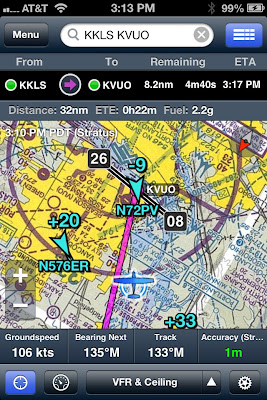Fearless Tower
Touchdown! Greaser!
Well, Nate, it sounds like you figured out the Govt's acquisition system quite well!The issue... way down at the low-level, is ADS-B is bandwidth-limited, severely. If they'd have chosen a data rate and technology (which triggers another huge set of problems in spectrum utilization) that could have sent ALL the data they wanted the service to provide to all aircraft within the coverage area of the antenna, the whole problem with the "hocky puck" goes away.
They did the hockey-puck, because the system can't support the whole area.
Once we hit a point where every aircraft has ADS-B and the hocky pucks are everywhere... we see which ADS-B sites channel-overload first...
There's a heirarchy of what will be dropped out of the data transmissions and in what order, and how they'll back off on updates of things less critical, once you hit that point, in the spec...
All that nice Marketing fluff about ADS-B, doesn't mention the "lesser" products will eventually be hard to get around busy hubs... right where most folks will ... oh, you know... probably want them.
Traffic is pretty high on the list, but weather... watch the updates slow to a crawl, eventually.
By then, the system will be well-entrenched enough to ask for a few more Billions to "upgrade" it... and they'll get 2000's tech to replace the 90's tech... in 2020 or so... haha...
That is at least almost exactly how acquisition works in the DoD.

